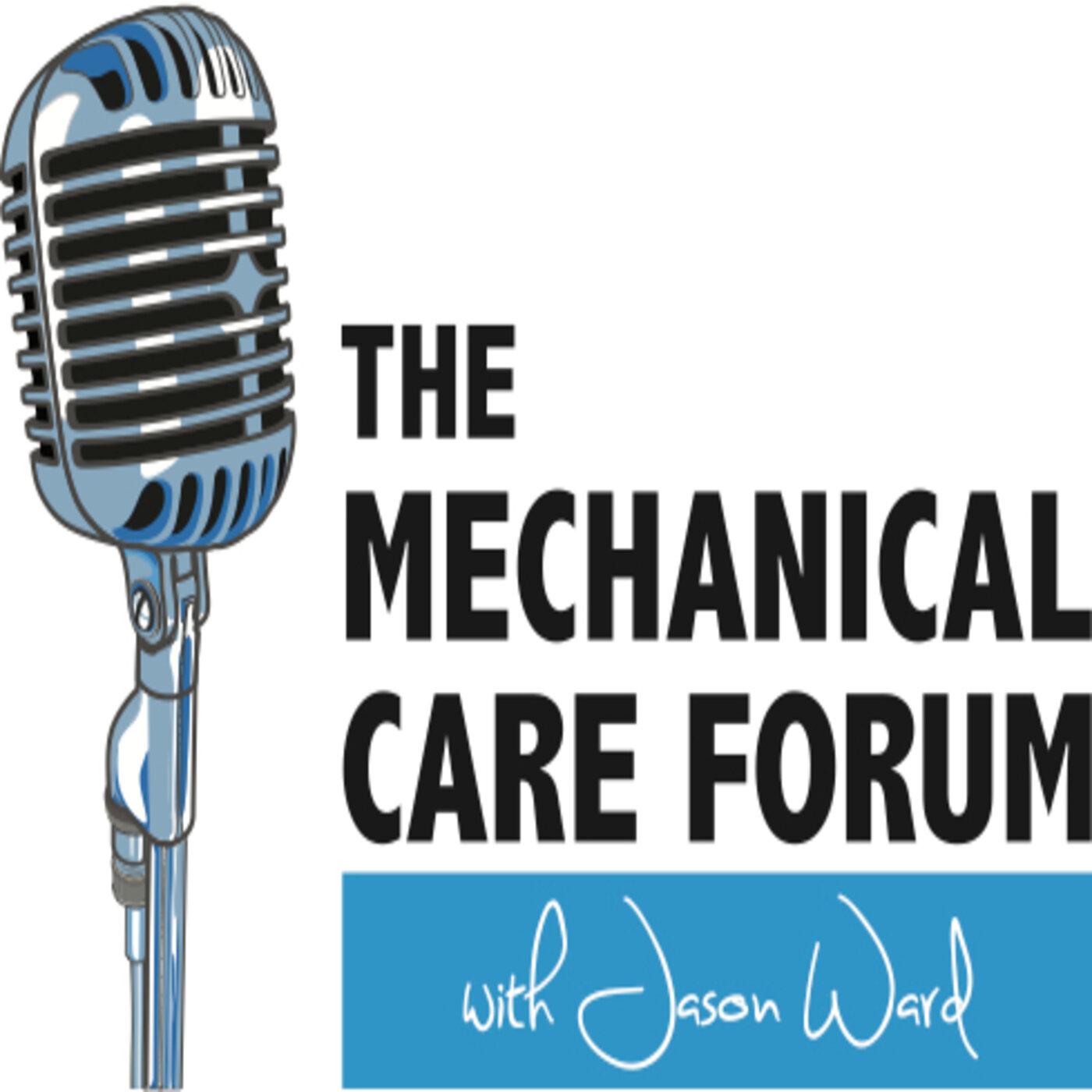In episode 3 of season 6 of Inside the Science we’re highlighting the study, “How common is imaging for low back pain in primary and emergency care? Systematic review and meta-analysis of over 4 million imaging requests across 21 years” with Dr. Mark Hancock. He explains the context of this topic and what prompted it what the more important data to retain from this study is, the challenges with defining what appropriate and inappropriate imaging is, some practical in-clinic considerations, other studies which may be important to read as well, how he educates his patients related to their appropriateness for imaging, the clinical implications and the big takeaways.
Season 5, Episode 6 with Ebonie Rio: Isometric Exercise to Reduce Pain in Patellar Tendinopathy In-Season: Is It Effective “on the Road?”
In episode 6 of season 5 of Inside the Science we’re highlighting the study, “Isometric Exercise to Reduce Pain in Patellar Tendinopathy In-Season; Is It Effective “on the Road?” with Dr. Ebonie Rio. She explains how load was applied through this Spanish squat variation, the importance of patient or subject adherence, how educating the patient was scripted including a careful choice of words used, how these results are partly due to natural history, more studies on patellar tendinopathy, the clinical implications and the big takeaways.
Season 4, Episode 13 with Pierre Cote: Is a government -regulated rehab guideline more effective than a GP education or preferred-provider rehab for acute whiplash
In episode 13 of season 4 we’re highlighting the study, “Is a government-regulated rehabilitation guideline more effective than general practitioner education or preferred-provider rehabilitation in promoting recovery from acute whiplash-associated disorders? A pragmatic randomised controlled trial” with Dr. Pierre Cote. If you’d like to get access to the full discussion with Dr. Cote to hear him further explain how too much care too early can delay recovery, the differences of what was delivered in these three groups, how reducing the time it took for patients to receive care affected recovery, the specific implications and the big takeaways.
Season 4, Episode 10 with Lena Bornhoft: More Cost-Effective Management of Patients with MSDs in Primary Care After Direct Triaging to Physiotherapists
In episode 9 of season 4, we’re highlighting the study, “More cost-effective management of patients with musculoskeletal disorders in primary care after direct triaging to physiotherapists for initial assessment compared to initial general practitioner assessment” with Dr. Lena Bornhoft. You’ll hear her explain a triage system steering patients to Physios as compared to medical doctors, what effect this simple change in who saw the patient first had on secondary costs, how we might apply this in our own markets, its clinical implications and the big takeaways.
Season 3, Episode 11 with Tim Gabbett: How Much? How Fast? How Soon? Three Simple Concepts for Progressing Training Loads to Minimize Injury Risk and Enhance Performance
In episode 11 of season 3 of Inside the Science we’re highlighting the study, “How Much? How Fast? How Soon? Three Simple Concepts for Progressing Training Loads to Minimize Injury Risk and Enhance Performance” with Dr. Tim Gabbett. He shares considerations of elements of load related to athletes including the floor, the ceiling, and time in respect to the competitive season, what the practitioner working with athletes should consider in terms of preparing them and keeping them healthy, where one could go to find out more on this topic, the implications when working with athletes and the big takeaways.
